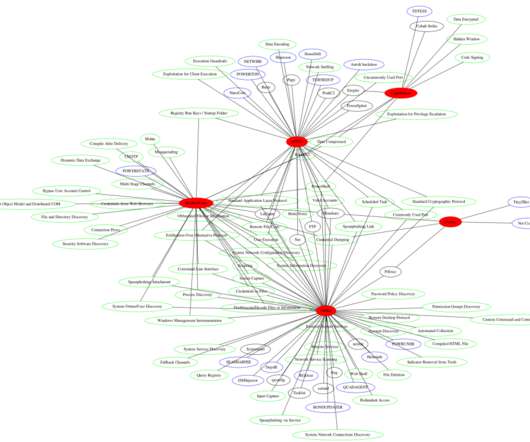What is a Managed Security Service Provider? MSSPs Explained
eSecurity Planet
AUGUST 22, 2023
History of MSSPs As internet service providers (ISPs) and telecommunications companies (telecoms) began offering commercial access to the internet in the late 1990s, they began to also offer firewall appliances and associated managed services. assets (endpoints, servers, IoT, routers, etc.),














Let's personalize your content